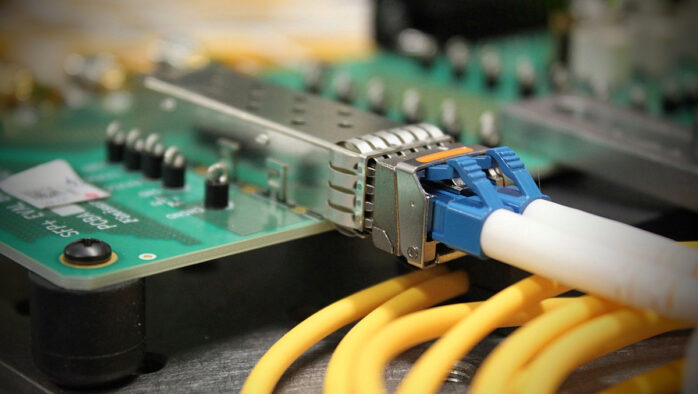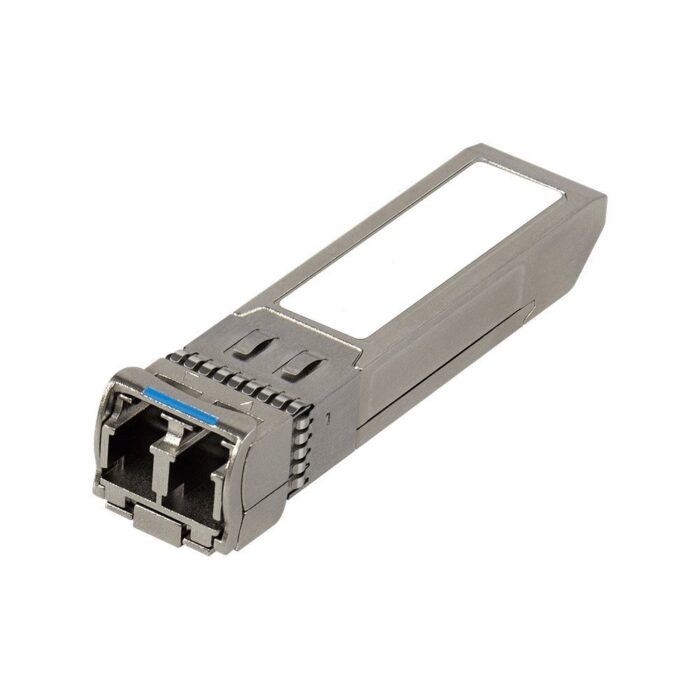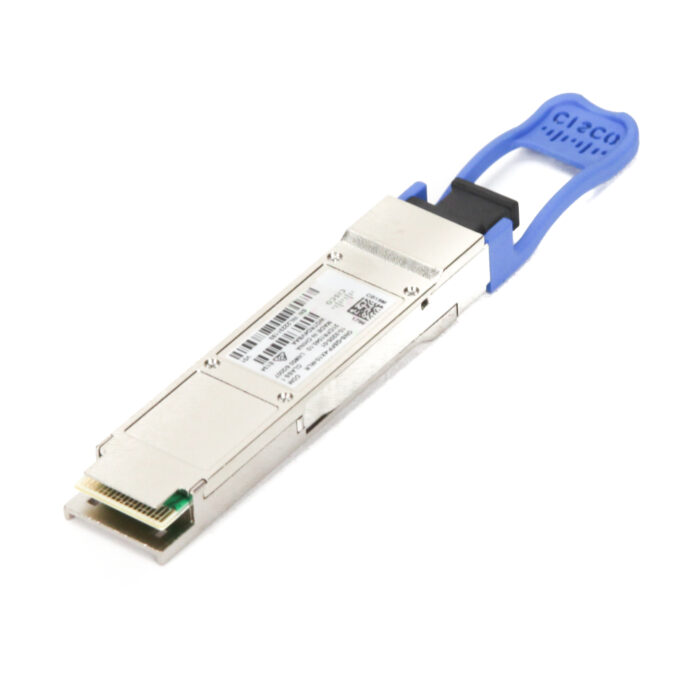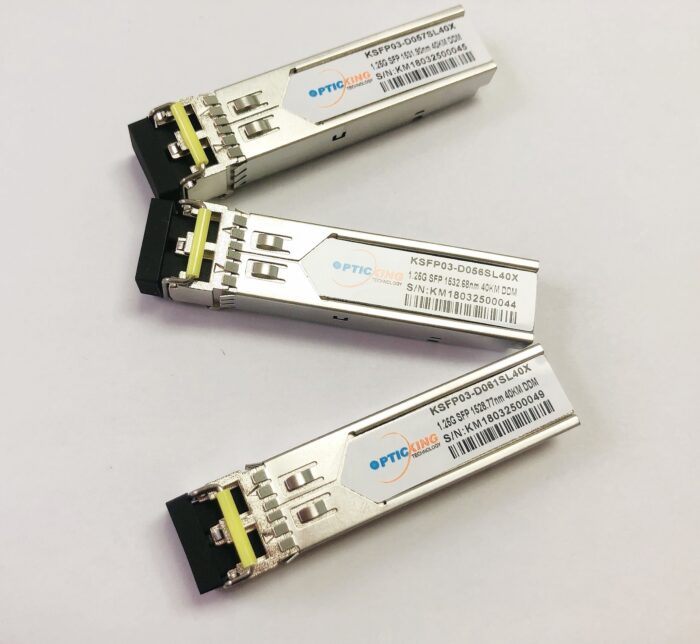
International unified standard, 7×24 hours of uninterrupted work for 50,000 hours (equivalent to 5 years).
Optical Module Failure Causes
Optical Port Pollution and Damage
The optical port of the optical module is polluted and damaged, which increases the loss of the optical link, so that the optical fiber link fails. The optical port is exposed to the environment for a long time, resulting in dust entering and contamination, the contamination of the optical fiber end face of the module connection and the contamination of the optical port, and the improper use of the optical connector end face of the pigtail fiber.
ESD Damage
Optical modules are damaged by ESD, that is, “electrostatic discharge” or “electrostatic breakdown”. Static electricity will cause dust adsorption, change the impedance between lines, and affect the function and life of the SFP optical module. ESD is inevitable, a very fast process, ESD can generate strong electromagnetic pulses of tens of Kv/m or even larger.
It can be roughly considered that the first reason is a slow and traceable process, and the second reason is the sudden failure, which is unpredictable.

Prediction Method of Failure Rate of Optical Module
Basic Concept
Mean time between failures (MTBF) – serviceability products (module level and above)
Mean time between failures (MTTF) – non-repairable products (below module level)
Failure rate: the probability of failure of the product in unit time after working time t, relative to the number of products still working at time t (it is an instantaneous quantity, reflecting the speed of failure)
The unit of failure rate: h-1, fit, %/1000h. (1fit=1×10-9/h=1×10-6/1000h)
Physical meaning: The physical meaning represented by 1 non-special is 1 billion products, and only one product is allowed to fail within 1 hour/1,000 hours is only allowed to have a failure probability of one in a million
Anticipation at the Beginning of the Design
This method first originated from the US military industry, and later the optical communication field also had its own standard, which was the first introduced SR-332 produced by Telcordia.
This method is mainly based on the calculation of the component selection scheme in the early stage of product design (or the calculation results are used to guide the device selection in reverse), through the fit value and usage quantity of these components, as well as the environmental factors and quality factors of these components, The stress factor is corrected, and finally, the failure rate under a specific environment is calculated. The fit value of the component can be estimated by the two methods described later, or the empirical value given by the standard.

Test Method Prediction When Product Is Finalized
This method is that the product has been finalized, and the data is calculated through the life test. This method determines that the product life conforms to the exponential model, and the Arrhenius formula is applied to calculate. The calculation is carried out according to the number of samples obtained from the experiment, test time, stress, number of failures, acceleration factor, etc. The acceleration factor can be calculated from the recommender in the standard or from the data of 2-3 samples under different stress (the principle is 2-point fixed line or 3-point fitting of a line, the slope is the acceleration factor).
In addition, there is a method in the industry to estimate the service life of the product based on the experimental time, experimental temperature and acceleration factor to estimate the usable time at the required temperature. This method is logical on the surface, but the life expectancy is based on statistics. value is calculated, and this method completely ignores the concept of statistics, so the calculation is not rigorous.
Field Data Forecast for Market Application
This method has nothing to do with the design scheme and test data. There are two calculation methods on the market, and the calculation results are not very different. The failure situation of the target product and the enjoyment product in the market is predicted.
One is that the company needs to have a detailed record of the date, quantity, and failure of the products shipped, and remove batch failures and returns caused by non-failures. Using the statistical value of the product of all the failure quantities and the specific use time as the numerator, and multiplying by 10^9 after the sum of the use time of the total shipped products, the failure rate can be achieved.
The other is that if you are not sure about the use time of the failed samples, you can calculate it according to a gamma chi-square constant, multiply the number of failed samples by the chi-square constant and 10^9, and divide by the total service time of the shipped products and, the failure rate can also be obtained, and the chi-square constant can also be selected according to the confidence level empirical constant.

How to Extend the Service Life of Optical Modules
Anti-static Measures
Whether indoors or outdoors, anti-static measures must be taken when using optical modules. When wearing anti-static gloves or anti-static bracelets, you must touch the optical module with your hands.
Pick and Place Operations
When removing the optical module, it is strictly forbidden to touch the golden finger of the optical module, and it must be handled with care to prevent the optical module from being pressed and collided. It is not recommended to use an optical module if it is accidentally bumped during handling.
Plug Method
When installing the optical module, first insert it firmly into the bottom, and then feel a slight vibration or hear a popping sound, indicating that the optical module is locked in place. When inserting the optical module, close the bracelet; after inserting, pull out the optical module to check whether the installation is in place. If it doesn’t pull out, it means the bottom is plugged in.
When removing the optical module, first pull out the optical fiber jumper, then pull the hand to about 90 degrees with the optical port, and then slowly take out the optical module. Do not pull out the optical module forcefully.





